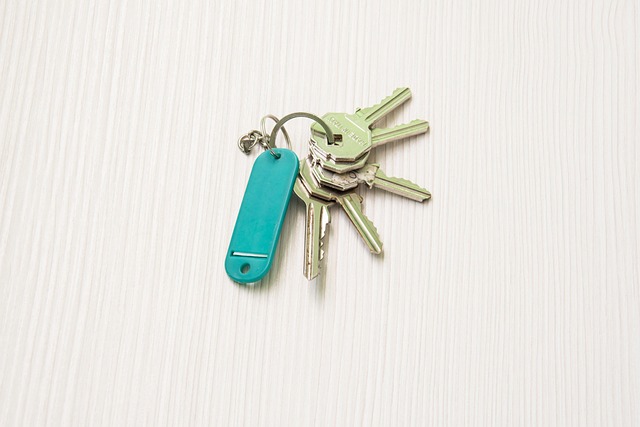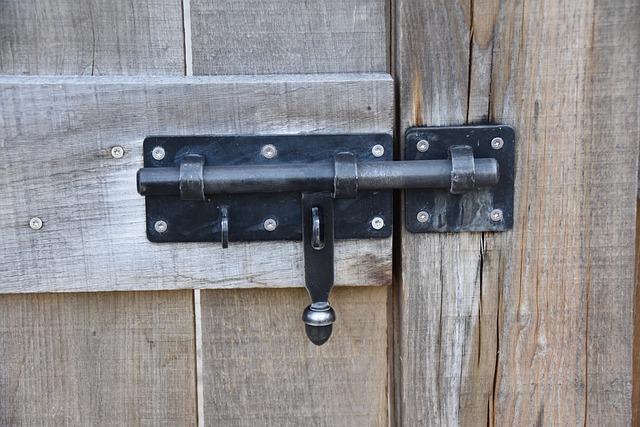Motion sensor alarms are ideal for apartment security due to their ease of installation, reliable operation, and deterrence against burglaries. DIY enthusiasts can choose from basic or advanced kits, integrating them with smart home systems for remote monitoring via apps. A simple process involves selecting sensors, mounting them, connecting to a control panel, programming zones and triggers, and testing. Regular software updates ensure optimal performance, enhancing peace of mind and apartment safety.
Upgrade your apartment’s security with DIY-friendly setups that offer peace of mind without breaking the bank. This comprehensive guide explores the basics and benefits of motion sensor alarms, helping you choose the right security kit for your needs. Learn a step-by-step installation process suitable for any skill level, plus advanced tips to optimize your new security setup. Embrace control and confidence with these quick, easy, and effective DIY solutions.
- Understanding Motion Sensor Alarms: Basics and Benefits
- Choosing the Right DIY Security Kit for Your Apartment
- Step-by-Step Guide to Quick and Easy Installation
- Advanced Tips for Optimizing Your New Security Setup
Understanding Motion Sensor Alarms: Basics and Benefits

Motion sensor alarms are a popular choice for apartment security due to their ease of installation and reliable operation. These devices use sensors to detect movement or changes in light levels, triggering an alert when unauthorized access is attempted. The basic components include a motion detector, a control panel, and siren, with some advanced models offering features like remote monitoring and app notifications. Benefits extend beyond peace of mind; these alarms can deter burglaries, provide early warning, and even save energy by automatically adjusting lighting based on occupancy. For DIY enthusiasts, the simplicity of installation is a significant advantage, allowing homeowners to enhance their apartment’s security quickly and efficiently.
Choosing the Right DIY Security Kit for Your Apartment

Choosing the right DIY security kit is key to enhancing your apartment’s safety, especially if you’re looking for a quick installation solution. Consider your specific needs and space constraints when selecting a package. For instance, motion sensor alarms are excellent for detecting unexpected movement and can be easily installed along perimeters or in entryways. These sensors offer peace of mind by alerting you to any intruders through your smartphone or a central control panel.
When shopping, look for kits that include user-friendly installation manuals and all necessary components. Some popular options feature wireless technology, making them versatile and less intrusive. Additionally, ensure the kit supports integration with smart home systems, allowing for remote monitoring and control via your devices. This way, you can maintain a secure environment while staying connected to your apartment’s security from anywhere.
Step-by-Step Guide to Quick and Easy Installation

Setting up a security system in your apartment doesn’t have to be complex or time-consuming. Many modern DIY-friendly options, like motion sensor alarms, offer quick and straightforward installation processes. Here’s a simple step-by-step guide to get you started:
1. Choose Your Sensors: Start by selecting the right motion sensors for your needs. These can be door/window sensors or passive infrared (PIR) sensors for monitoring large areas. Ensure they are compatible with your desired control panel, which acts as the brain of your security system.
2. Mount and Connect Sensors: Next, mount your chosen sensors on doors, windows, or walls according to manufacturer instructions. Each sensor typically comes with adhesive strips or mounting hardware. Once installed, connect them to the control panel using provided cables or wireless connections, depending on the system.
3. Configure Control Panel: Follow the instructions to program your control panel. This involves setting sensors’ zones, defining triggers for alarms, and inputting emergency contact details. Most modern panels offer user-friendly apps for remote configuration and monitoring.
4. Test Your System: After installation, thoroughly test every sensor to ensure they are functioning correctly. Trigger them manually or simulate movement to verify the system’s responsiveness. Adjust settings as needed to tailor the system to your lifestyle.
Advanced Tips for Optimizing Your New Security Setup

When setting up your new DIY-friendly apartment security system, consider incorporating motion sensor alarms for an extra layer of protection. These devices are a smart way to detect any unusual movement in your home and can be easily integrated into your existing setup. Place them at entry points like doors and windows to ensure maximum coverage.
Remember that optimization is key. Test the sensitivity levels of your motion sensors to avoid false alarms, ensuring they only trigger when there’s actual activity. Regularly update the system with new features and keep the software up-to-date for enhanced performance. By following these advanced tips, you’ll create a robust security network tailored to your needs, offering peace of mind while making your apartment a safer space.
Upgrading your apartment’s security doesn’t have to be a complex or costly endeavor. By understanding the power of motion sensor alarms and selecting the right DIY kit, you can swiftly install a robust security system tailored to your needs. Following our step-by-step guide and advanced tips, you’ll not only enhance your home’s protection but also gain peace of mind. Incorporating these DIY-friendly setups is a smart move for any apartment owner looking to safeguard their space efficiently and affordably.
